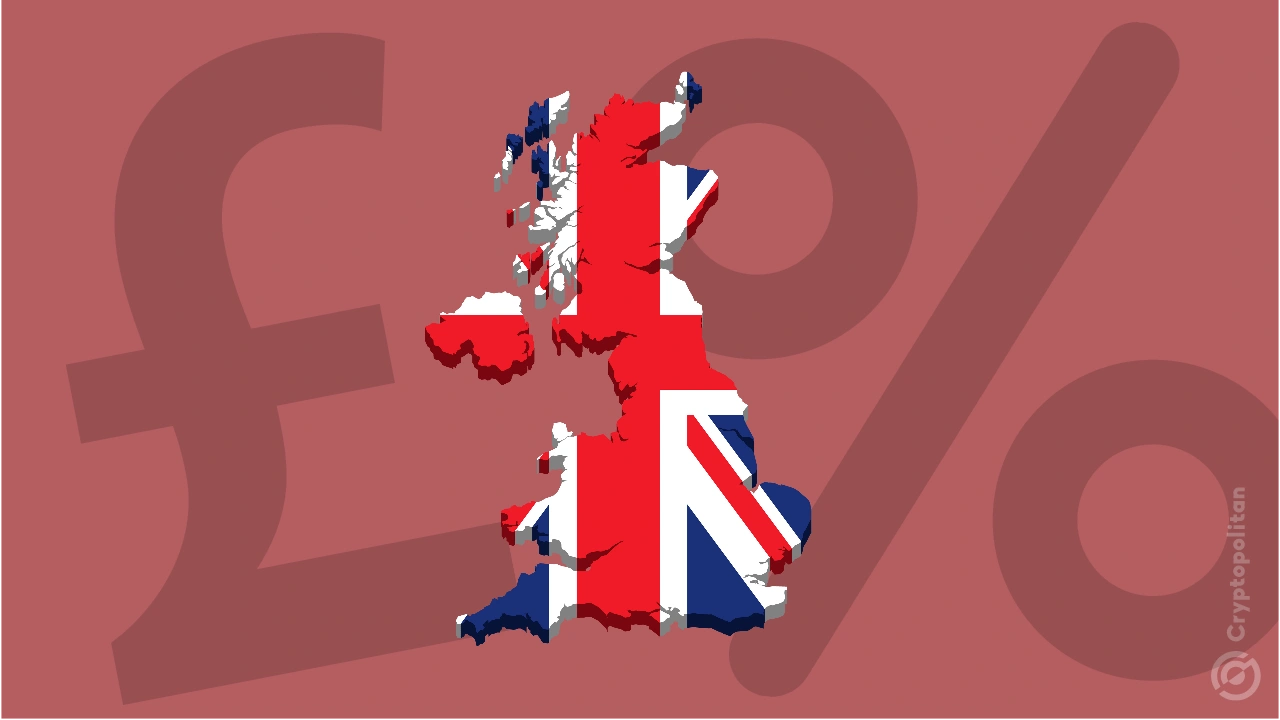The UK’s Consumer Price Index (CPI) increased at an annual rate of 2.3% in October after rising by 1.7% in September, according to data released by the Office for National Statistics (ONS) on Wednesday. The October’s rise exceeds the 2.2% forecasted by economists surveyed by Reuters.
Rising inflation clouds prospects for further bank of England rate cuts
The latest inflation reading pushes inflation back above the Bank of England’s 2% target. This could potentially reduce the likelihood of a final rate cut this year.
Following the inflation data, the British pound saw a slight increase, rising 0.1% to $1.2692 at 8:03 a.m. London time. It also gained 0.4% against the euro, trading at €1.20. This inflation reading was at its highest since April, driven by increased household energy bills, per ONS.
Core CPI (excluding volatile food and energy items) edged higher by 3.3% YoY in October, up from 3.2% growth in September, outpacing the market forecast of 3.1%.
Suren Thiru, economics director at the Institute of Chartered Accountants in England and Wales, stated that inflation is likely to drift higher from here, with rising energy bills, the impact of the Budget, and global trade frictions likely to keep the headline rate above the Bank of England’s 2% target into 2025.
Interest rates are now in focus as the Bank of England prepares for its decision on December 19, though another inflation print will be released before the meeting. The central bank cut rates by 25 basis points earlier this month but indicated that any future rate cuts would be “gradual” in light of continued economic challenges.
Bank of England likely to hold rates as inflation risks loom over U.K. economy
As of Wednesday, markets were pricing in only a 14% chance of another quarter-point rate reduction this year.
Lindsay James, investment strategist at Quilter Investors, noted that the inflation data made it “increasingly likely” that the Bank of England will leave rates unchanged for the rest of the year. She added:
“This is a clear reminder that short-term inflationary pulses may return, potentially caused by factors such as obstacles to trade, labor market tightness, taxation, and volatility in food and energy prices.”
~ Lindsay James
On Wednesday, U.K. borrowing costs saw a slight increase, with 10-year gilt yields rising to 4.491%.
Recent months have been marked by uncertainty in the U.K., with the Labour government facing criticism for its economic rhetoric following the July 4 election and delays in presenting its fiscal agenda. U.K. Finance Minister Rachel Reeves delivered her Autumn budget on October 30, which included £40 billion ($51.8 billion) in tax hikes to address a “black hole” in public finances and changes to debt rules to allow for more public spending.
From Zero to Web3 Pro: Your 90-Day Career Launch Plan
This articles is written by : Nermeen Nabil Khear Abdelmalak
All rights reserved to : USAGOLDMIES . www.usagoldmines.com
You can Enjoy surfing our website categories and read more content in many fields you may like .
Why USAGoldMines ?
USAGoldMines is a comprehensive website offering the latest in financial, crypto, and technical news. With specialized sections for each category, it provides readers with up-to-date market insights, investment trends, and technological advancements, making it a valuable resource for investors and enthusiasts in the fast-paced financial world.
